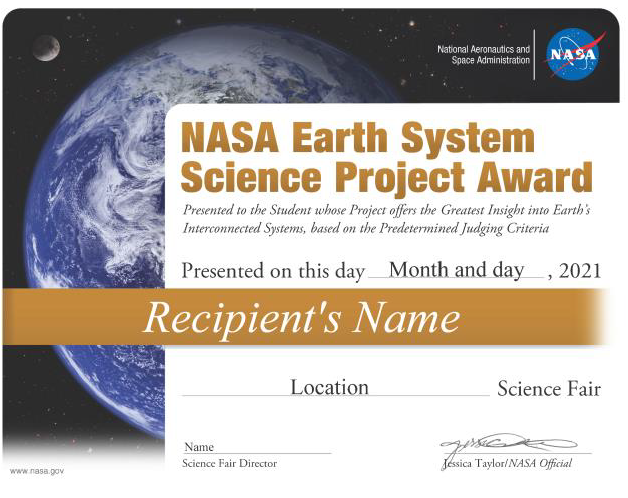Students can interact with NASA data to build a custom visualizations of local, regional, or global plant growth patterns over time, using the Earth System Data Explorer to generate plots of satellite data as they develop models of this phenomenon.
Educational Resources - Search Tool
An urban heat island is a phenomenon that is best described when a city experiences much warmer temperatures than in nearby rural areas. The sun’s heat and light reach the city and the country in the same way. The difference in temperature between urban and less-developed rural areas has to do with how well the surfaces in each environment absorb and hold heat.
Background on changing albedo values.
Background information on deforestation.
Hurricanes are the most powerful weather event on Earth. NASA’s expertise in space and scientific exploration contributes to essential services provided to the American people by other federal agencies, such as hurricane weather forecasting.
NASA Earth Observations (NEO) strives to make global satellite imagery as accessible as possible. Here you can browse and download imagery of satellite data from NASA's constellation of Earth Observing System satellites.
Check out this interactive data visualization and simulation tool. It explores the impact of collapsing polar ice sheets (Greenland and Antarctica) and their impact on global mean sea level rise, along with shrinkage in the livable area around the world.
The Earth's system is characterized by the interaction of processes that take place on molecular (very small) and planetary (very large) spatial scales, as well as on short and long time scales. Before scientists may begin their work with these data, it is important that they understand what the data are.
Background information on ocean circulation.





 Grade Band
Grade Band
